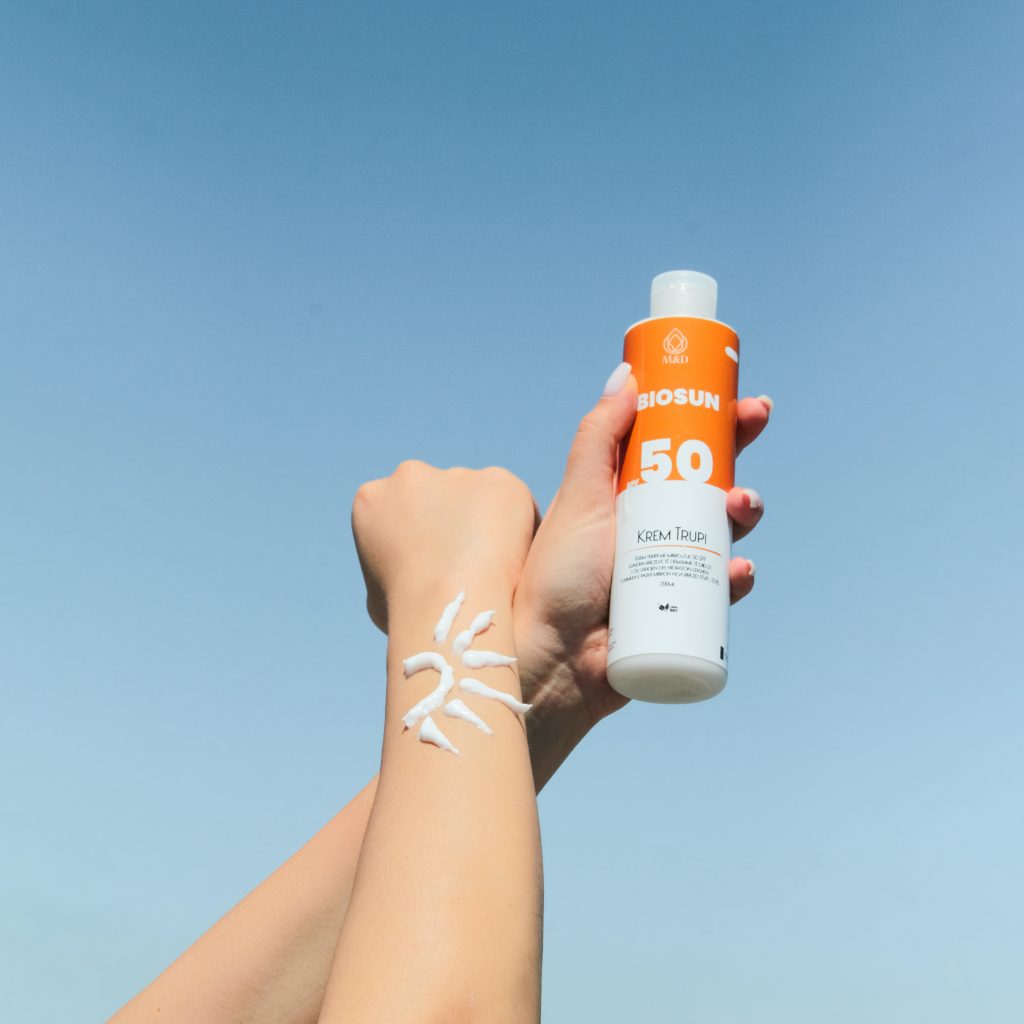UPF Versus SPF: A Comprehensive Guide To Sun Protection
When it comes to sun protection, two terms often surface: Ultraviolet Protection Factor (UPF) and Sun Protection Factor (SPF). Understanding the differences between these measures is crucial to safeguard our skin from the sun’s harmful rays. In this article, we will explore UPF and SPF, as well as how to effectively use sun protection.

UPF represents a rating system that evaluates the efficiency of fabrics designed for sun protection. It gauges how much ultraviolet (UV) radiation a fabric can block, thus shielding your skin from potential damage. UPF ratings vary between 15 and 50+, with larger values providing enhanced protection.
In contrast, SPF evaluates the efficacy of sunscreens in defending against UVB rays, which cause sunburn and contribute to skin cancer formation. SPF ratings extend from 2 to 100, with higher values suggesting better protection. For instance, an SPF 30 sunscreen screens about 97% of UVB rays, while an SPF 50 sunscreen eliminates nearly 98%.
How to Use Sun Protection Effectively?
For optimal sun protection, use both UPF-rated clothing and SPF-rated sunscreen. This combination provides a comprehensive shield against both UVA and UVB radiation. Wear sun-protective clothing, such as wide-brimmed hats and long sleeves, and apply broad-spectrum sunscreen to exposed skin.
As another option, you can select a wide-spectrum sunscreen that provides defense against both UVA and UVB rays. Look for a minimum SPF of 30, as it offers sufficient protection for most people. Additionally, consider water-resistant formulations if you plan to swim or engage in activities that cause sweating.

One thing to keep in mind is that most people do not apply enough sunscreen, which reduces its effectiveness. Experts recommend using approximately one ounce (a shot glass) of sunscreen to cover an adult’s body. Put on the sunscreen 15 to 30 minutes ahead of sun exposure, and reapply it every couple of hours.
Understanding the differences between UPF and SPF is crucial for effective sun protection. Combining UPF-rated clothing with SPF-rated sunscreen, applying sunscreen correctly, seeking shade, and wearing protective eyewear can help shield your skin from the sun’s harmful rays and reduce the risk of sunburn, premature aging, and skin cancer.
